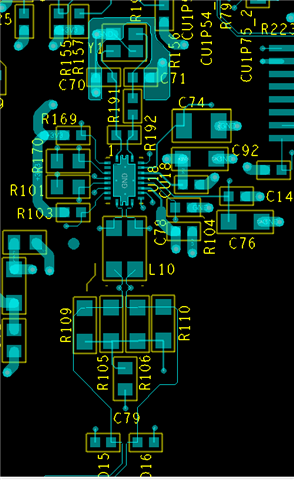Customer is currently working on TCAN4550 device which is connected to microcontroller through SPI(Serial peripheral Interface ) with 5MHz clock speed and Mode 0 ( CPOL=0 CPHA=0 ).
With the above SPI configuration I am able to read Device ID and Interrupt/Diagnostic Flag Registers( 16'h0000 to 16'h002F) but I am not able to read/write Device Configuration Registers( 16'h0800 to 16'h08FF) , Interrupt/Diagnostic Flag and Enable Flag Registers( 16'h0820/0824 and 16'h0830) and CAN FD Register Set (16'h1000 to 16'h10FF).
Could you please let me know what could be the possible issue which is not allowing me to read/write registers other then 0x0000 to 0x002F.



